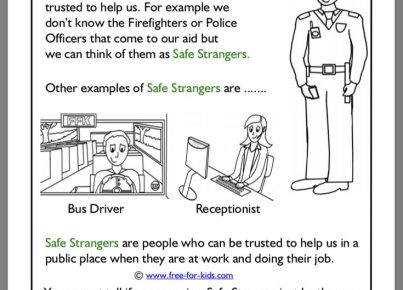Introduction:
Whole body listening is an essential skill that helps children, students, and even adults improve their communication, comprehension, and focus. It involves using mind and body connection to listen effectively in various settings. Engaging in whole body listening activities not only improves listening skills but also fosters emotional intelligence and social interactions. Here are 22 brilliant whole body listening activities you can incorporate into your daily routine or classrooms to enhance the learning experience.
1. Simon Says: A classic game that teaches children to pay attention to instructions while using their whole bodies to follow commands.
2. Musical Statues: Participants remain still when the music stops, improving their focus on auditory cues and self-control.
3. Storytelling Mime: One person enacts a story silently while others must guess the narrative based on physical cues alone.
4. Sound Map: Have the listener draw or describe a map based on the sounds they hear around them.
5. Concentration Circle: A group sits in a circle and passes around an object, focusing on keeping it in motion without making any noise.
6. Mindful Breathing: Encourage participants to focus on their breath, noticing how it changes as they inhale and exhale.
7. Eye Contact Exercise: Improve non-verbal communication by maintaining eye contact during conversations or presentations.
8. Whisper Circle: Pass a whispered message around a circle of people, requiring attentive ears.
9. Pass the Clap: In a circle, participants clap in sync, passing the clap one by one until everyone has clapped together.
10. Telephone Charades: Communicate physical actions down a line of participants without using any spoken words.
11. Focused Listening Walks: Take nature walks where students listen attentively to sounds present in their environment.
12. Rhythm Play: Keep up with complex rhythms created by tapping or drumming on desks.
13. Name Relay: Participants quickly recount the names or facts about others in a circle to test active listening abilities.
14. Rhyming Game: In a group, create a chain of rhyming words or phrases while attentively listening to each other.
15. Active Listening Pair-Up: Pairs of participants take turns sharing personal stories and must remember key details.
16. Sound Scavenger Hunt: Hide items that make noises around a room and guide participants to find them based only on auditory hints.
17. Yoga Poses: Participate in instructor-led yoga classes, focusing on breath and body alignment.
18. Body Parts Eye-Spy: Use body parts as the objects for a game of eye-spy, reminding children to stay quiet, listen, and concentrate during playtime.
19. Red Light, Green Light: Combines physical activity with attentive anticipation for color cues from an instructor or another participant.
20. Animal Imitation Game: Students listen to various animal sounds and attempt to mimic their noises or movements accurately.
21. Listen and Draw: Provide a series of verbal instructions for drawing an object or scene, requiring concentration and interpretation skills.
22. Guided Meditation: Practice calm, focused introspection while a facilitator provides auditory guidance.
Conclusion:
Whole body listening activities are essential for developing strong communication and interpersonal skills that will serve individuals for a lifetime. By integrating these 22 brilliant activities into your routine or educational program, you can begin improving focus, comprehension, and empathy in both children and adults alike.





